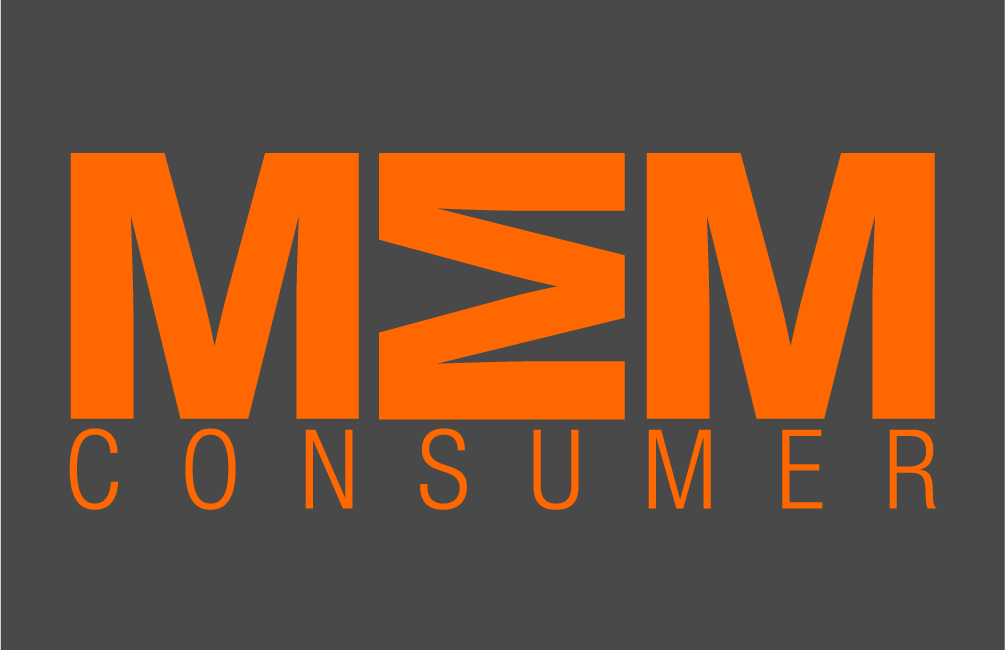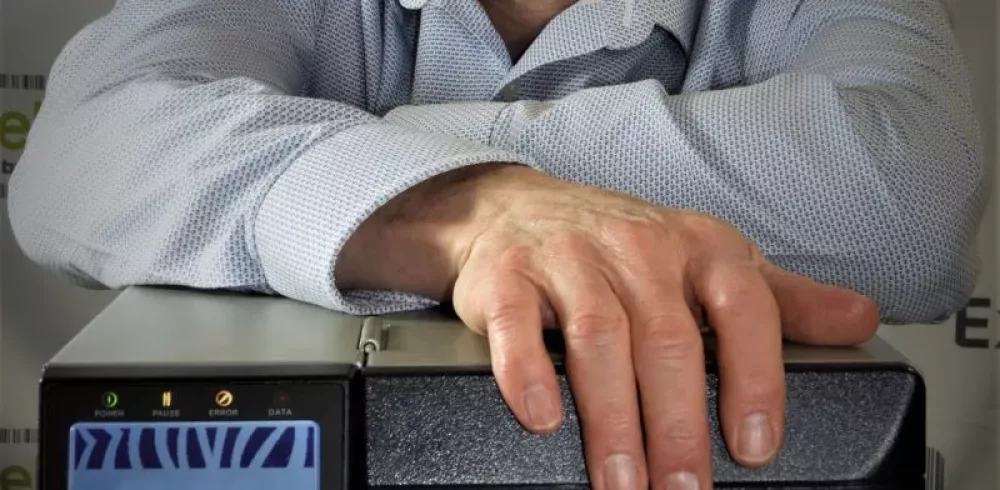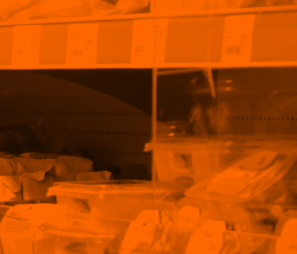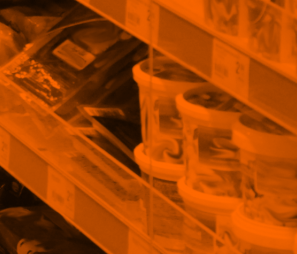Protect Your Labelling System : Ever woken up in the night in a cold sweat. Your worst nightmare is playing out. Your label printer has stopped working, your products can’t be shipped and your factory grinds to a halt.
No – I can’t imagine you’re kept awake at night thinking about labels – but perhaps you should.
Whilst the chances are relatively small – I’ll bet you’re like most UK manufacturers, you’ve not given this insignificant but critical part of your production process a second thought.
Labelling is one of those low profile but critical points in an organization. Not being able to put labels onto your products means that your customers can’t accept your products and your goods can’t be shipped. https://expertlabels.co.uk/labelling-assessment
If you’re worried about bringing your operation to a grinding halt because of your labelling or you might be missing out on the benefits of thermal label printing – here are five things you can do to reduce the risks to your organisation:
Spare Printers
Having just one printer opens you up to risk. It breaks and you stop printing labels. Eliminate that risk with a spare printer.
The good thing about spare printers is that they’re not redundant. Having more than one printer means you can share the workload across your printer fleet – reducing wear and tear at one single point.
As long as you can print labels with another printer if primary printer gets dropped and damaged, you eliminate that risk.
Single Manufacturer Printer Fleet
Having one make of printer means interchangeable ribbons, labels, printer language and parts.
Spare printheads can be used by any one of your printers so you only need one spare.
Maintaining label and ribbons stocks are more simple.
Printers can be redeployed without needing to change printer drivers and software.
Your operators and support team know how to operate and maintain them and don’t need to spend time learning the quirks of each type of printer.
Networked PCs for up to the second status reports
For a modest increase in cost, you can network your printers. Most industrial class printers come networked as standard.
Having a printer visible on your network means the printer fleet can be managed more effectively.
Plus, of course, you can to print from any computer on the network.
Back ups of Label design software and templates
With larger organizations, an IT manager’s neck is on the line if backing up is not done.
However, with some smaller businesses, back ups, especially on a standalone label printing computer, are not always in place.
This is a schoolboy error but could stop printing.
Automated Data Entry
An almost invisible error is where a label looks right but the barcode contains the wrong data. It might be something like the wrong use-by date or product serial number.
Industrial grade labelling software like Seagull Scientific’s BarTender enables you to automate data entry. Date codes can be calculated and included in printed labels. Product serial numbers can be taken directly from your database or scanned from an existing barcode.
To make sure though, a quality control process that checks labels should be in place to spot data entry errors.
But there’s more
We’ve got 25 other ideas to either reduce your labelling risks or improve the efficiency of your labelling system. Visit us here to assess your label printing risks.
Summary
There’s lots of reasons why your labelling system can break down. Whilst they’re uncommon, the consequences of labelling failure can be catastrophic.
Thermal label printing is a complicated, specialist area of expertise that can be made much more efficient, effective and reliable by working with thermal labelling experts.
Servicing thermal label printers is different from standard office printer servicing.
Roll labels are made in a different way to sheet paper and buying them is different. With the likelihood that you’re using different materials such as plastics and thermal coated papers – purchasing labels is more complicated than paper.
Thermal ribbons are different from toner-based or liquid inks.
The capability of a thermal transfer printer is significantly different to that of a flat sheet inkjet or toner-based printer.
All these factors can mean a much more efficient process or a chaotic and inefficient labelling solution.
Protect Your Labelling System Today
For a no commitment chat to see if you could be getting better results from your labelling or help identifying potential danger points, give Miles a call at Expert Labels Limited, click the chat button in the right bottom corner or email info@expertlabels.co.uk and ask for Miles. https://expertlabels.co.uk/labelling-assessment
Manufacturing & Engineering Magazine | The Home of Manufacturing Industry News















